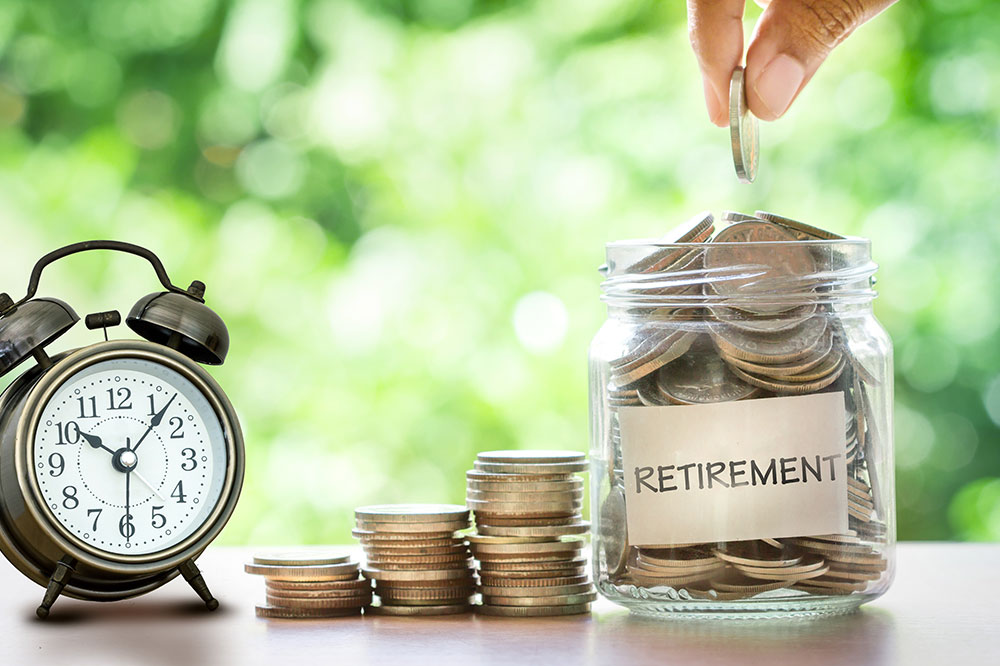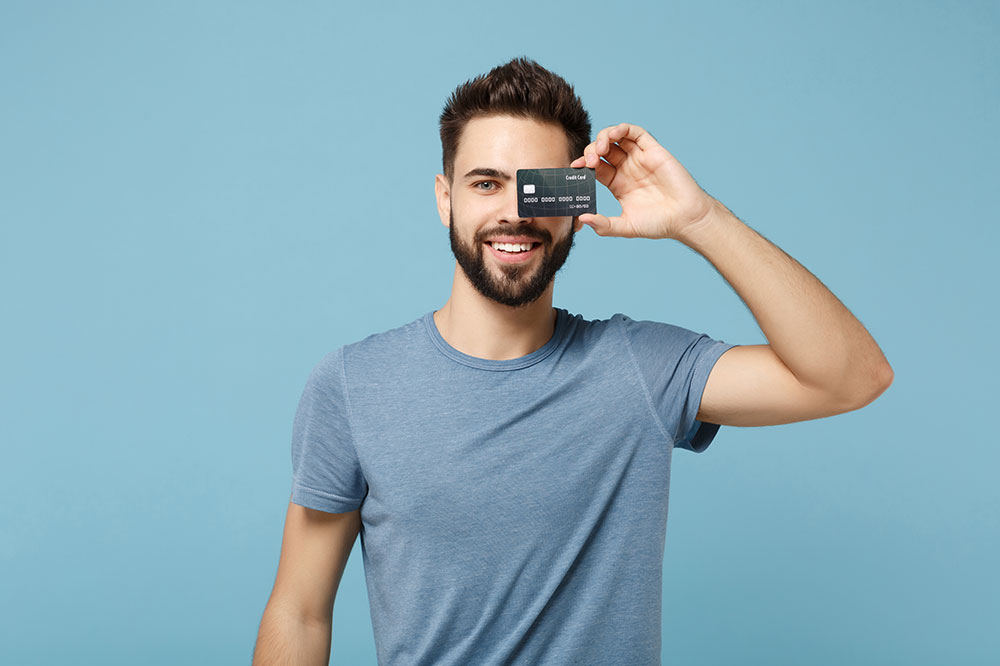7 foods that may weaken bones and worsen osteoporosis

Besides forming the body’s framework, bones serve many other functions, including facilitating movement and protecting internal organs. Thus, diagnosing and treating bone-related conditions early on is essential to prevent them from aggravating. Osteoporosis is a disease involving bone brittleness, reducing bone density, and increasing susceptibility to fractures. Following a healthy lifestyle is essential to manage its symptoms. Here are some foods patients with weak bones and osteoporosis should give up:
Red meat
Although proteins play an indispensable role in maintaining bone health, excessive protein in the body is linked to depletion of calcium levels in the bones, worsening osteoporosis symptoms. Red meat is among the richest protein sources and is also high in sulfur-rich amino acids, which may aggravate bone brittleness. Therefore, patients with osteoporosis and weak bones should limit their red meat intake, preferably replacing it with other protein sources like lean meats, soy, and yogurt.
Processed foods
Processed meats, hotdogs, pizzas, and other processed foods can cause acute calcium deficiency and increase one’s risk of osteopenia and osteoporosis. A nutrient-rich meal plan containing healthy carbs and fats, proteins, vitamins, and minerals can reduce cravings for processed foods.
Beans
Phytate is a substance that can affect calcium absorption and trigger or worsen bone weakening. Beans contain high phytate levels; therefore, excessive consumption of beans may worsen osteoporosis symptoms. However, beans are loaded with protein, fiber, magnesium, folate, iron, etc., significantly adding to a healthy meal plan. Hence, patients with osteoporosis or weak bones should limit – but not wholly avoid – the intake of beans.
Fries
A medium serving of French fries contains about 260 grams of sodium, resulting in excessive salt content in such foods. Excessive sodium levels can elevate blood pressure, causing calcium deficiency and triggering osteoporosis symptoms. Thus, one should avoid fries and other salted snacks, replacing them with unsalted, healthier alternatives in limited quantities.
Mangoes
Although vitamin A is essential for the body and can help with healthy bones, an intake of more than 10,000 IU daily can reduce bone density and increase bone brittleness. Mango contains extremely high levels of vitamin A. Thus, it is important to avoid gorging on mangoes, though indulging oneself in a mango or two occasionally is perfectly healthy.
Sugary foods and beverages
Sugary foods like confectioneries, desserts, and beverages like ready-made squashes and soft drinks are laden with added sugar, which increases glucose levels in the body and depletes calcium and vitamin D. In short, excessive sugar intake can make one vulnerable to osteoporosis and bone weakening.
Caffeine
Research has shown that a person loses roughly 6 mg of calcium per 100 mg of caffeine. Caffeine is associated with reduced bone density and increased brittleness. Though one may occasionally indulge in a cuppa, avoiding excess caffeine intake is essential to prevent and manage osteoporosis symptoms.






